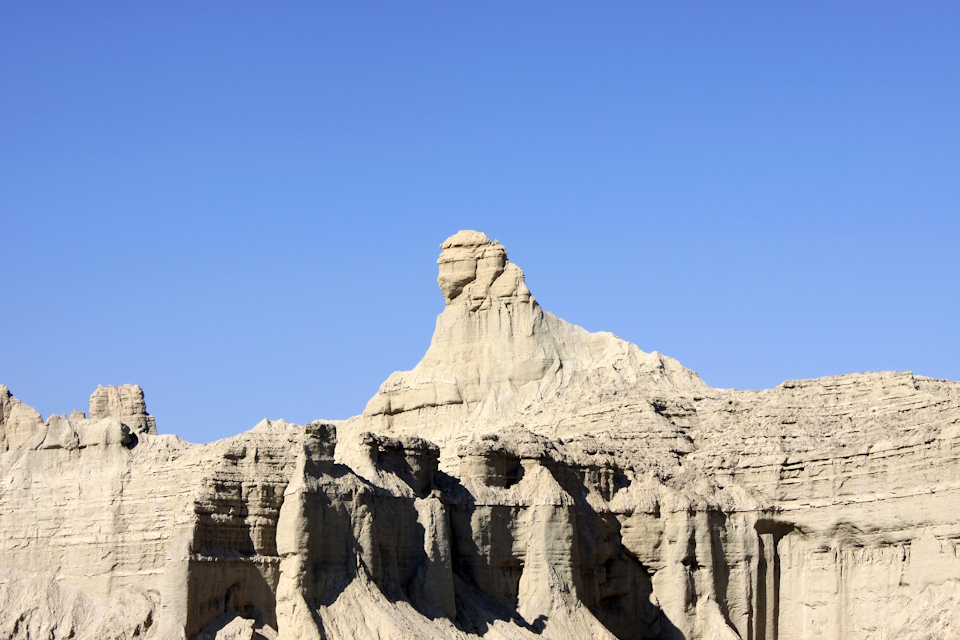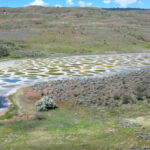Now Reading: The Mysterious Pyramid-Shaped Hills of Anlong, Guizhou
-
01
The Mysterious Pyramid-Shaped Hills of Anlong, Guizhou
The Mysterious Pyramid-Shaped Hills of Anlong, Guizhou

Nestled in the rugged limestone landscapes of southwestern China lies a geological curiosity that has sparked whispers of mystery and wonder: the pyramid-shaped hills of Anlong County, Guizhou Province. Rising sharply from the earth with almost geometric precision, these natural formations have captured the imagination of explorers, photographers, and speculative theorists alike.
But are these hills remnants of a forgotten civilization—or simply a breathtaking quirk of nature?
A Landscape Carved by Time: The Karst Terrain of Guizhou
Guizhou is known for its karst topography—a geological landscape formed through the gradual erosion of soluble rocks like limestone, dolomite, and gypsum. Rainwater, slightly acidic by nature, seeps into cracks and crevices, slowly dissolving the rock over millennia. The result? Towering stone pillars, sinkholes, caves, and conical hills that dominate the horizon.
The pyramid-like shapes in Anlong are a striking outcome of this natural process. While their angles and silhouettes may resemble man-made pyramids, their origins are purely geological.
Caption: Karst hills often appear symmetrical due to uniform erosion patterns—creating natural illusions of artificial architecture.
The Allure of Symmetry: Why We See Pyramids
Human brains are wired to recognize patterns—especially symmetry and geometric shapes. When we look at a sharply pointed hill with triangular slopes on all sides, our minds leap to familiar images: the pyramids of Egypt, the temples of Mesoamerica, or the ziggurats of Mesopotamia.
This phenomenon, called pareidolia, can lead to over-interpretation of natural features. While some may believe these hills are ancient monuments buried in time, there’s no credible evidence—archaeological or historical—to support such claims.
Debunking the Myths: Science vs Speculation
In recent years, speculative theories have circulated online, suggesting that these hills could be ancient pyramids constructed by a lost civilization. Similar ideas have surrounded the so-called “Bosnian Pyramids” in Europe. However, no archaeological excavations or peer-reviewed studies in Anlong support these claims.
Chinese geologists affirm that the hills in Anlong are consistent with the region’s natural karst formations. Their slopes, while steep, lack the uniform construction or internal chambers typical of man-made pyramids.
Fun Fact: The limestone terrain of Guizhou is home to some of the world’s deepest caves, including Shuanghedong—the longest cave system in Asia.
A Natural Wonder Worth Visiting
Whether you’re drawn by curiosity, geology, or a thirst for mystery, the pyramid hills of Anlong offer a mesmerizing spectacle. Framed by misty valleys and lush vegetation, they provide a perfect case study of how natural processes can imitate human architecture—reminding us that nature remains the most masterful sculptor of all.
Anlong County is accessible via Xingyi Wanfenglin Airport and offers several scenic spots, including the Wanfenglin karst forest, riverside hiking trails, and ethnic Miao villages.
Conclusion: When Nature Builds Pyramids
The pyramid-shaped hills of Anlong may not house ancient kings or echo with forgotten rituals, but they hold something equally profound: a testament to the slow artistry of erosion, and the human desire to find meaning in the patterns of the earth.
So the next time you see a photo of a mysterious hill in China shaped like a perfect triangle, pause for a moment—not to ask “Who built this?” but “How did nature carve this masterpiece?”





























